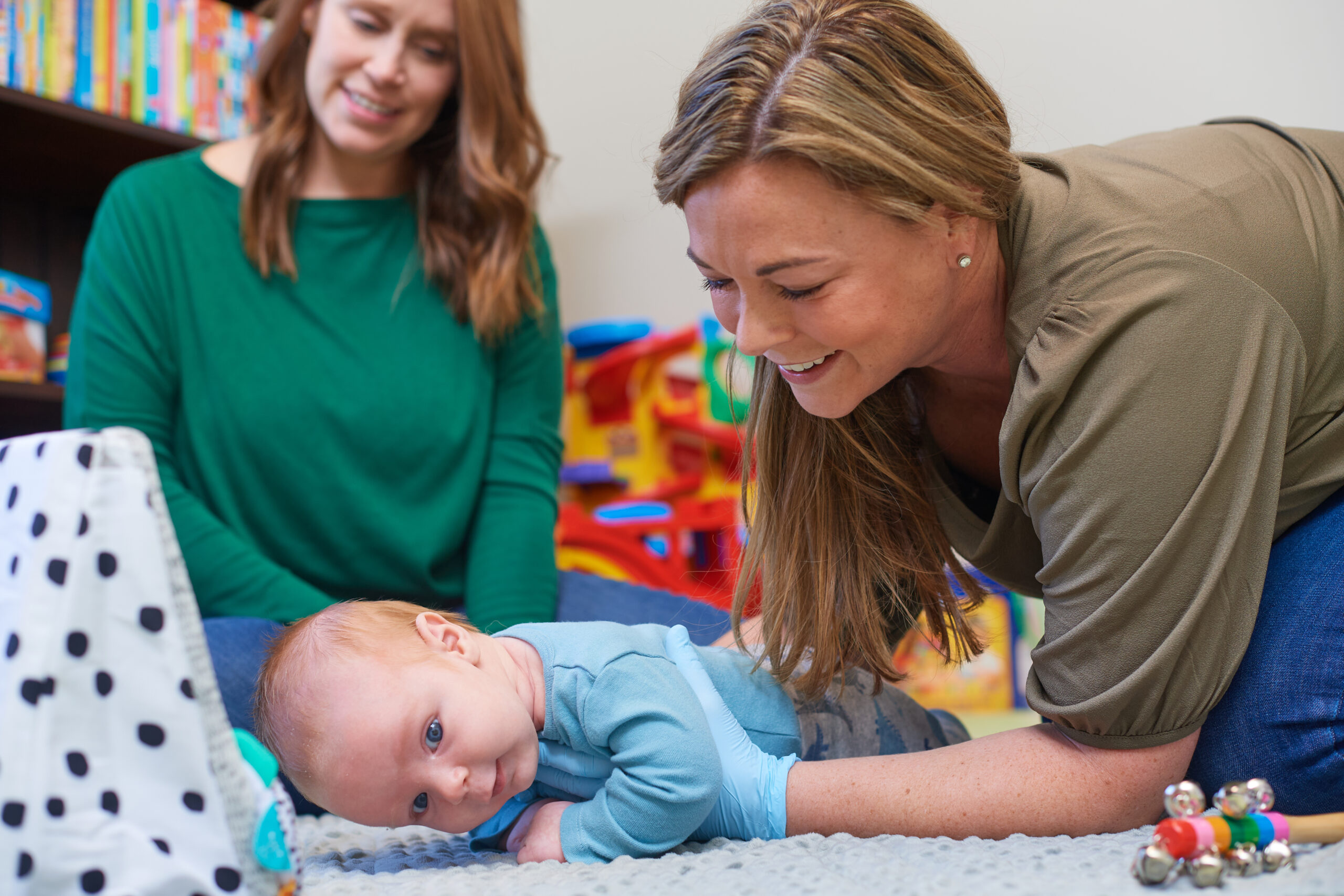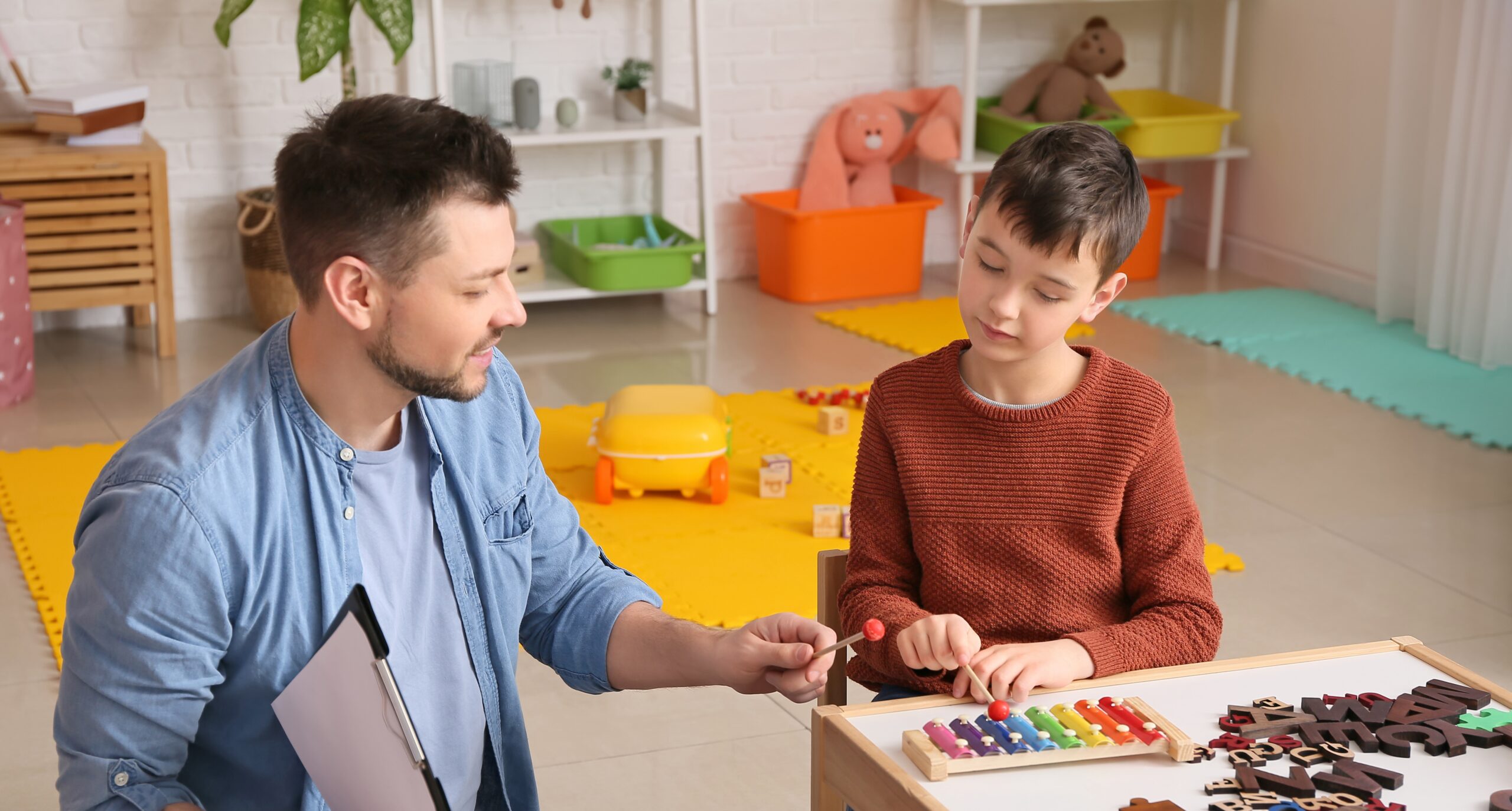Understanding Plagiocephaly: A Comprehensive Guide for Parents
Plagiocephaly, or as it's commonly known, "flat head syndrome," can be a cause of worry for many parents. Despite being a prevalent condition, it is often surrounded by questions and confusion. At Trestle Therapy Group, we understand that your child's health and well-being are your top priority and we are here to help you understand, manage, and navigate this condition.
What is Plagiocephaly?
Plagiocephaly is a condition characterized by an asymmetrical distortion (flattening of one side) of the skull in infants. While it may appear alarming, it's essential to know that plagiocephaly is generally cosmetic and does not impact the baby's brain growth or cognitive development. However, it can impact orofacial growth and development and is related to many other disorders that should be identified and treated early, including torticollis, tongue tie, orofacial myofunctional disorders, and delayed motor skills.Why Does Plagiocephaly Occur?
Plagiocephaly usually results from external pressure applied to the soft, pliable infant skull. This can happen due to various reasons:Positional Preference
Some infants prefer turning their heads to one side while sleeping or resting, leading to constant pressure on that side.Prolonged Back Sleeping
In 1994, the Back to Sleep Campaign (now called Safe to Sleep®) was started to reduce the risk of sudden infant death syndrome (SIDS). While sleeping on the back is crucial for preventing SIDS, it can occasionally contribute to flat spots if the head position is not frequently changed. It is still best to have your baby sleep on his/her back for safety, but during waking hours it is extremely imperative to work on tummy time.Multiple Births, Premature Births, or Large Babies
These situations may cause cramped conditions in the womb, resulting in plagiocephaly.
Preventive Measures: What Can Parents Do to Prevent Plagiocephaly?
While not every case of plagiocephaly is preventable, there are strategies that can help reduce the risk.Tummy Time is Key
Supervised 'tummy time' is highly recommended when your baby is awake. It aids in strengthening neck muscles and alleviates pressure on the skull. Our recommendation is that if your baby is 2 months old they should be doing at least 20 total minutes of tummy time throughout the day.Worried about getting that 20 minutes of tummy time in? Don’t worry! A pediatric PT can help with that too! They can provide you with many suggestions on ways to help decrease the difficulty of the skill to help increase the baby’s ability to tolerate the position longer. We have a lot of tips and tricks that work well.
Frequent Change in Position
Try altering your baby's orientation in the crib, stroller, and car seat periodically. This can help if your baby tends to look out in one particular direction.Body Work
Working with a cranial osteopath, physical therapist (PT), occupational therapist (OT), craniosacral fascial therapist (CFT), or chiropractor can address tension patterns in the body that can further exacerbate or contribute to plagiocephaly.Don’t Forget Regular Pediatric Check-ups
Regular check-ups enable early detection and intervention.How is Plagiocephaly Diagnosed?
A healthcare provider will usually diagnose plagiocephaly by examining the baby's head and noting its shape. In some cases, additional imaging tests might be needed.Many therapists use a caliper to be able to measure the asymmetry of the skull. It is not a perfect measurement, but it is something that physical therapists can use to be able to know what to recommend. One side is placed near the eye and then measured diagonally to the back of the head. That same placement is done on the other side. The two numbers are then compared for symmetry.
At What Age Should Plagiocephaly Be Treated?
The skull will continue to round out until 18 months, but after 12 months the change in shape is not significant. We recommend beginning treatment for infants with mild flattening and/or a preference to look in one direction as soon as possible.The earlier that intervention is initiated the less the duration of therapy and the quicker progress can be made. We generally will recommend beginning treatment for either head shape or neck preferences at 2 months, right after the first wellisit.
What is the Treatment for Plagiocephaly?
The treatment for plagiocephaly is largely dependent on the baby's age and the severity of the condition. It typically involves one or more of the following: repositioning techniques, tummy time, manual release therapy (PT/OT/CFT/Cranial Osteopathic/Chiro), and helmet therapy.
Treatment Options for Mild Plagiocephaly
In mild cases, simple repositioning techniques might be suggested by your pediatrician. This involves changing the baby's position regularly and encouraging them to turn their heads in different directions.Manual release therapy can prove beneficial in addressing any underlying issues such as torticollis (tightness of the neck muscles). Therapists can guide you through specific exercises to increase your baby's neck strength and flexibility.
When is Helmet Therapy Necessary for Plagiocephaly?
In moderate to severe cases, or when other strategies haven't been effective, a custom-fitted helmet might be recommended. These helmets provide a closely fitting surface against which the baby's skull can grow. The premise of the helmet is to help reshape the head using a three-point pressure model. Over time the pressure that is provided can create symmetry, similarly to how braces work to gently move teeth into place.It is recommended that the helmet be worn 23 hours per day. Most physical therapists will recommend a baby begin with pediatric physical therapy prior to getting a helmet or even seeing an orthotist for measurements. If you need to get a helmet for your child, check with the provider and insurance carrier to ensure that the way it is being billed is the best for your family.
If a helmet is deemed necessary by all parties that are caring for the infant, there are several options of clinics for them. We will help you determine which is the best choice for your family.
How long does helmet therapy last?
Helmet therapy duration varies depending on the age of the child and the severity of the plagiocephaly. On average, it can last between three to six months, but it can be shorter or longer.Does Plagiocephaly Require Surgery?
Typically, surgery is not needed for plagiocephaly. It can usually be managed with non-surgical treatments such as repositioning, manual therapy, or helmet therapy. Surgery might be considered for more severe cases, but this is rare.Frequently Asked Questions About Plagiocephaly
Does plagiocephaly affect brain development?
No, plagiocephaly is largely a cosmetic issue and does not affect a child's brain development or cognitive abilities.How common is plagiocephaly?
Plagiocephaly is quite common, especially since the "Back to Sleep" campaign was launched to reduce the risk of Sudden Infant Death Syndrome (SIDS). The American Association of Neurological Surgeons estimates that plagiocephaly affects nearly one in two infants today (47%).Will my child's head shape get better over time?
Yes, in many cases, a baby's head shape will improve over time as they grow and start to move around more. However, it's important to discuss your baby's case with a healthcare provider to understand the best course of action.Trestle Therapy Group Can Help You Navigate Plagiocephaly
While hearing a diagnosis of plagiocephaly may initially feel overwhelming, it's not a reflection of your parenting. Many parents have walked this path before you, and it's essential to remember that support is available. At Trestle Therapy Group, we understand how critical your child's health and well-being are to you. Plagiocephaly, or 'flat head syndrome,' is an extremely common condition among infants, and we want to reassure you that you are not at fault for this occurrence.Our Trestle team provides effective therapies that can significantly improve plagiocephaly. Kayla Donnell is our dedicated pediatric physical therapist, and both our executive director Maureen Cooney and occupational therapist Clare Lawlor are TummyTime Method Certified. This simple activity can help alleviate constant pressure on one area of your child's head and contribute to their overall development. Maureen Cooney is also a Gillespie Certified craniosacral fascial therapist—in addition to being a speech language pathologist and orofacial myologist.
Remember, there are numerous effective strategies to prevent and manage plagiocephaly, including repositioning, helmet therapy, and manual therapy. Every child is unique, and at Trestle Therapy Group, we're committed to providing personalized, expert care tailored to your child's specific needs. We encourage you to reach out to us today. Let us join you in navigating this journey, ensuring the best possible outcomes for your child's growth and development.
Our Trestle team provides effective therapies that can significantly improve this condition. Kayla Donnell is our dedicated pediatric physical therapist, and both our executive director Maureen Cooney and occupational therapist Clare Lawlor are TummyTime Method Certified. This simple activity can help alleviate constant pressure on one area of your child's head and contribute to their overall development. Maureen Cooney is also a Gillespie Certified craniosacral fascial therapist—in addition to being a speech language pathologist and orofacial myologist.


